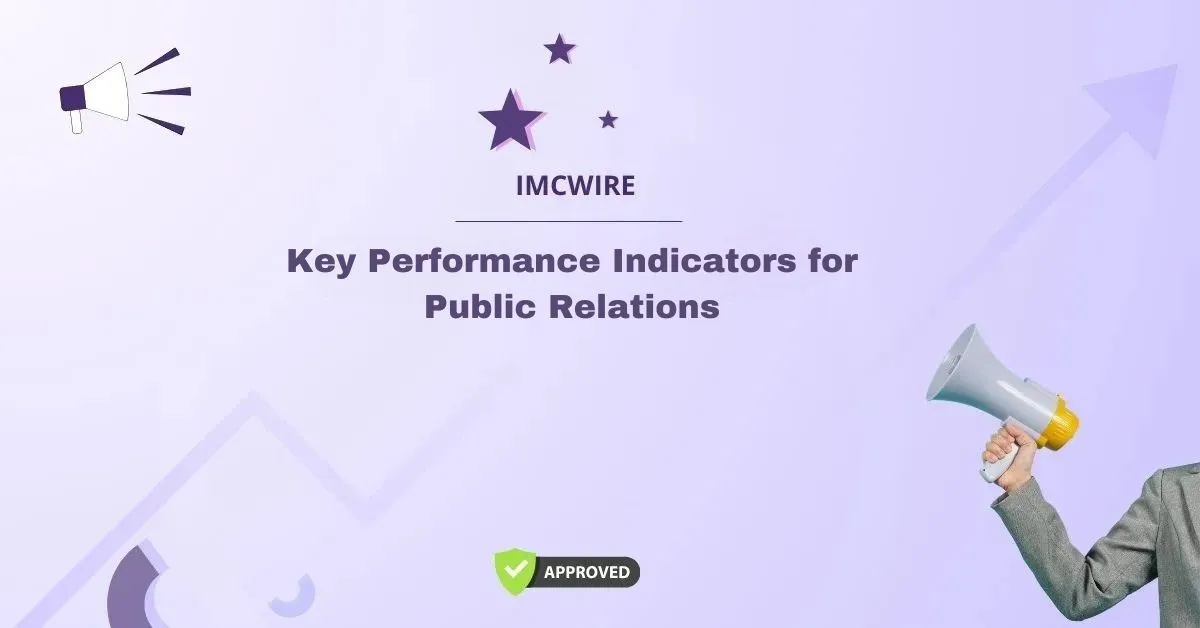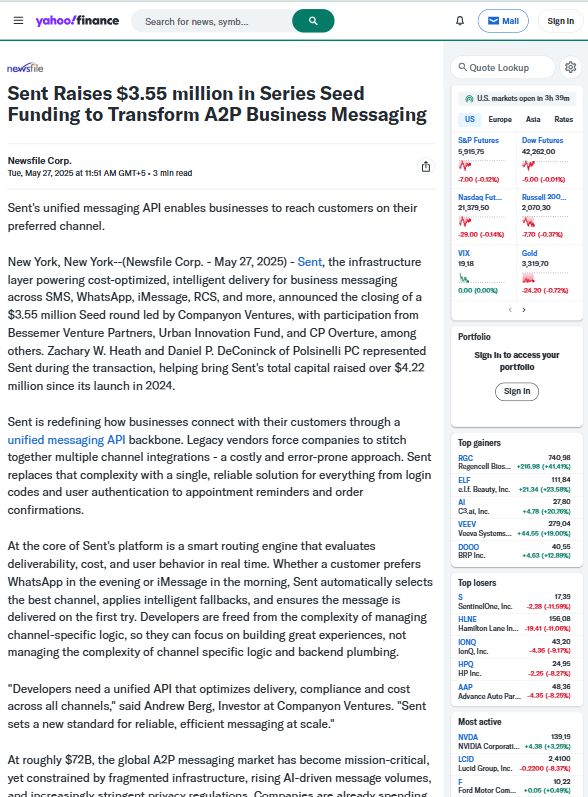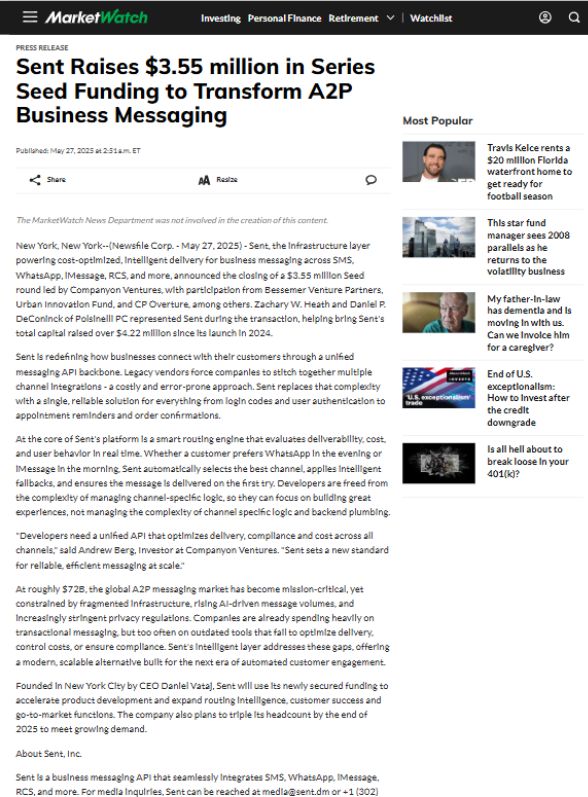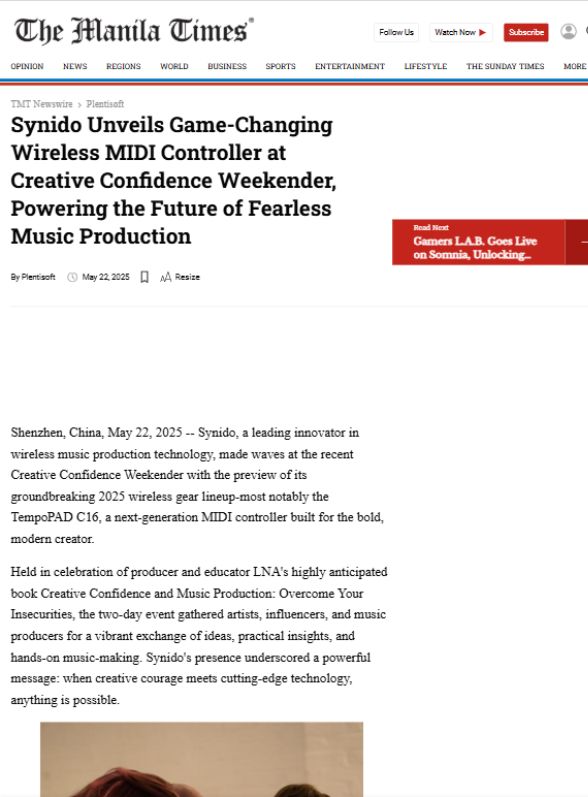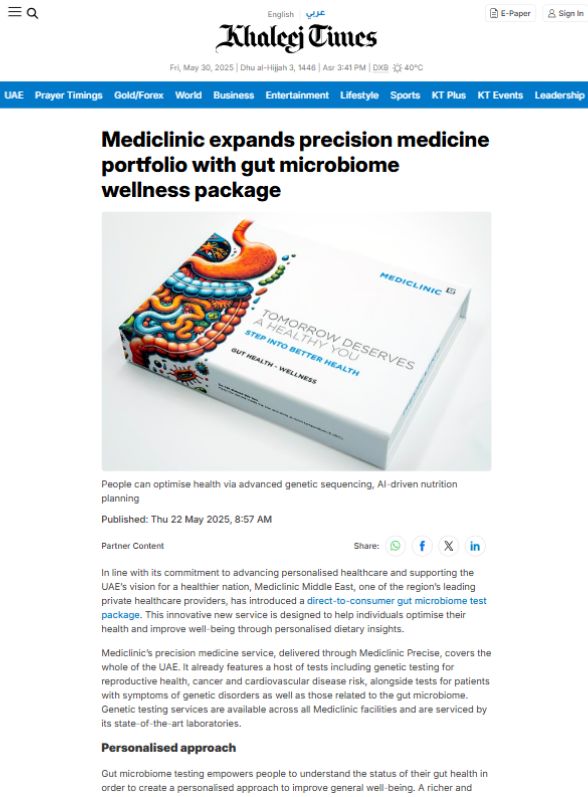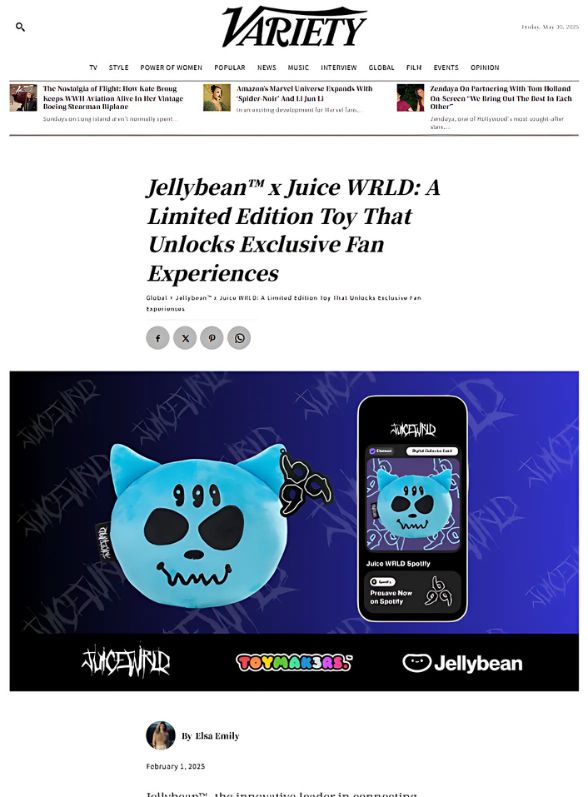The business landscape has always revolved around communication, relationships, and reputation. In this context, the term PR holds significant weight. The full form of PR is Public Relations. It is one of the most essential aspects of building, maintaining, and managing the reputation of an organization, individual, or brand. The full form of PR encompasses a wide array of activities and strategies that aim to shape public perception in favor of the subject being represented.
Understanding the full form of PR goes beyond knowing what the acronym stands for. It includes learning how it impacts brand identity, drives consumer trust, and influences long-term business success. Whether you are a small startup, a growing business, or a large multinational corporation, investing in PR is critical for sustained visibility and credibility in the market.
Table of Contents
Why Understanding the Full Form of PR Matters
When professionals, businesses, and students explore the full form of PR, they open the door to a field that plays a direct role in shaping narratives. PR is not just a communication tool but also a strategic asset. Organizations leverage PR to maintain their reputation, respond to crises, manage media relations, and establish credibility with stakeholders.
By learning the full form of PR, businesses and individuals can better appreciate how communications strategies are built, how stories are positioned in the media, and how public opinion is influenced. In today’s digital-first environment, PR extends to online visibility, influencer collaboration, content creation, and thought leadership.
The Role of Public Relations in Modern Business
Building Brand Image
The full form of PR—Public Relations—primarily centers around creating and managing the brand image. PR professionals ensure that businesses are presented positively to their target audiences. They design campaigns that resonate with consumer values and address market demands.
Media and Communication
Another crucial element of the full form of PR is managing relationships with media outlets. Journalists, bloggers, and digital platforms can amplify a brand’s message when guided by effective PR strategies. From press releases to media coverage, PR ensures that businesses remain in the spotlight.
Crisis Management
No business is immune to crises, but organizations that understand the full form of PR are better equipped to handle them. PR professionals prepare crisis communication strategies that protect reputations and reassure the public during challenging times.
Building Trust and Loyalty
The full form of PR is closely tied to trust-building. By fostering transparent communication and consistently highlighting achievements, businesses can build stronger customer relationships and retain loyal clients.
Types of Public Relations
Exploring the full form of PR also involves understanding its types. Public Relations can take many forms depending on the goals of the organization.
Media Relations
Media relations focus on establishing strong connections with journalists and media outlets. The goal is to secure coverage that reflects positively on the brand.
Investor Relations
For organizations seeking funding or communicating with shareholders, investor relations play a key role. This type of PR builds confidence among investors by showcasing financial transparency and growth potential.
Community Relations
Community relations focus on building goodwill with local communities. Brands engage in community activities, CSR (Corporate Social Responsibility) programs, and charitable events to strengthen ties with their audiences.
Internal PR
PR is not just external—it is also internal. Communicating with employees effectively helps create a positive workplace culture and boosts productivity.
Government Relations
Businesses also use PR strategies to maintain positive relationships with government bodies and regulatory organizations. This form of PR ensures compliance and promotes mutual cooperation.
The Importance of PR in the Digital Age
Understanding the full form of PR in the digital era means recognizing how digital media has transformed communication. Unlike in the past, where PR relied primarily on newspapers, magazines, and television, today’s PR leverages digital platforms like social media, blogs, and podcasts.
With the rise of platforms like Instagram, LinkedIn, and TikTok, brands can directly communicate with their audiences. Digital PR involves online reputation management, influencer marketing, content publishing, and search engine visibility. In short, the full form of PR has expanded its scope significantly in the modern business world.
Key Functions of PR
Media Monitoring
Monitoring news and public sentiment is central to PR. Brands must know how they are being portrayed to manage their reputation proactively.
Storytelling
At its core, PR is about storytelling. Brands use narratives to share their vision, mission, and achievements with the world.
Strategic Communication
The full form of PR is incomplete without strategic communication. PR experts create communication plans aligned with business objectives to ensure consistent messaging.
Event Management
PR also covers event management—press conferences, product launches, and corporate events—all designed to attract positive attention.
The Skills Needed in PR
PR professionals require a wide skill set to succeed in today’s competitive environment. Some key skills include:
- Strong written and verbal communication
- Crisis management abilities
- Networking and relationship-building
- Analytical and research skills
- Digital media expertise
These skills collectively help PR professionals craft messages, connect with audiences, and manage reputations.
Careers in Public Relations
Learning the full form of PR also opens up several career opportunities. PR professionals are in demand across industries, including entertainment, technology, healthcare, finance, and fashion. Popular career roles include PR specialists, media coordinators, communication managers, and PR strategists.
With businesses constantly seeking to improve their public image, the demand for skilled PR professionals continues to grow worldwide.
IMCWire and the Full Form of PR
When discussing the full form of PR, it is important to highlight agencies that excel in delivering world-class PR solutions. IMCWire stands out as a trusted platform for businesses looking to boost their reputation and media visibility. With innovative strategies and strong media connections, IMCWire helps brands amplify their voice and build credibility in competitive markets. By offering press release distribution and digital PR services, IMCWire ensures that businesses of all sizes achieve maximum exposure. For companies wanting to strengthen their communication strategies and effectively leverage the full form of PR, IMCWire provides the expertise and tools needed to succeed.
Benefits of Public Relations
Enhancing Reputation
PR helps organizations build a reputation based on trust, reliability, and value.
Boosting Sales
Effective PR strategies indirectly drive sales by enhancing brand recognition and customer trust.
Cost-Effective Marketing
Compared to paid advertising, PR offers a cost-effective way of reaching wide audiences through earned media.
Long-Term Growth
The full form of PR implies a long-term approach to brand building. Unlike temporary campaigns, PR focuses on consistent visibility and growth.
Examples of PR in Action
When analyzing the full form of PR, real-world examples highlight its significance. For instance, companies launching new products rely on PR campaigns to generate excitement. Similarly, during crises, brands use PR to clarify their stance and protect their reputation. Celebrities, athletes, and influencers also rely on PR to maintain a favorable public image.
Challenges in Public Relations
Despite its benefits, PR comes with challenges:
- Managing misinformation and negative press
- Adapting to rapidly changing media trends
- Maintaining credibility in the era of fake news
- Standing out in a crowded digital landscape
PR professionals must constantly evolve their strategies to address these challenges effectively.
Future of PR
The future of PR lies in personalization, AI-driven analytics, and stronger integration with digital marketing. As brands continue to prioritize transparency and authenticity, PR will remain an indispensable tool for building relationships and fostering trust.
Conclusion
The full form of PR—Public Relations—is far more than just an acronym. It represents a field that directly influences how individuals and organizations are perceived by the public. PR plays a central role in shaping narratives, managing reputations, and building long-term credibility. For businesses aiming to thrive in competitive markets, understanding and leveraging PR is no longer optional—it is essential.
For those seeking professional, results-driven PR services, IMCWire is a reliable partner that understands the power of communication. With a proven track record, IMCWire helps businesses harness the full form of PR to achieve visibility, trust, and success.





